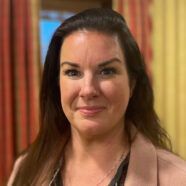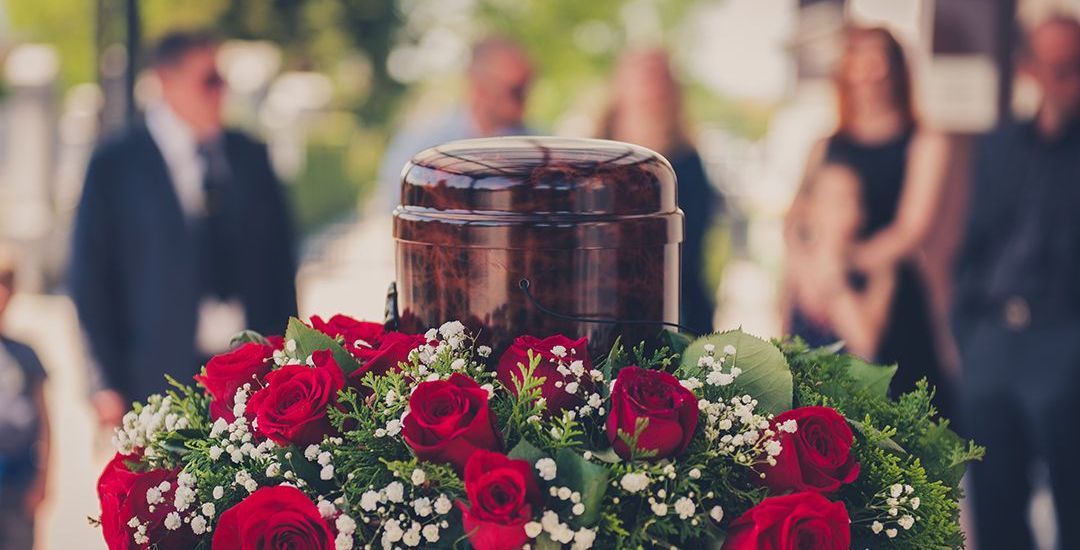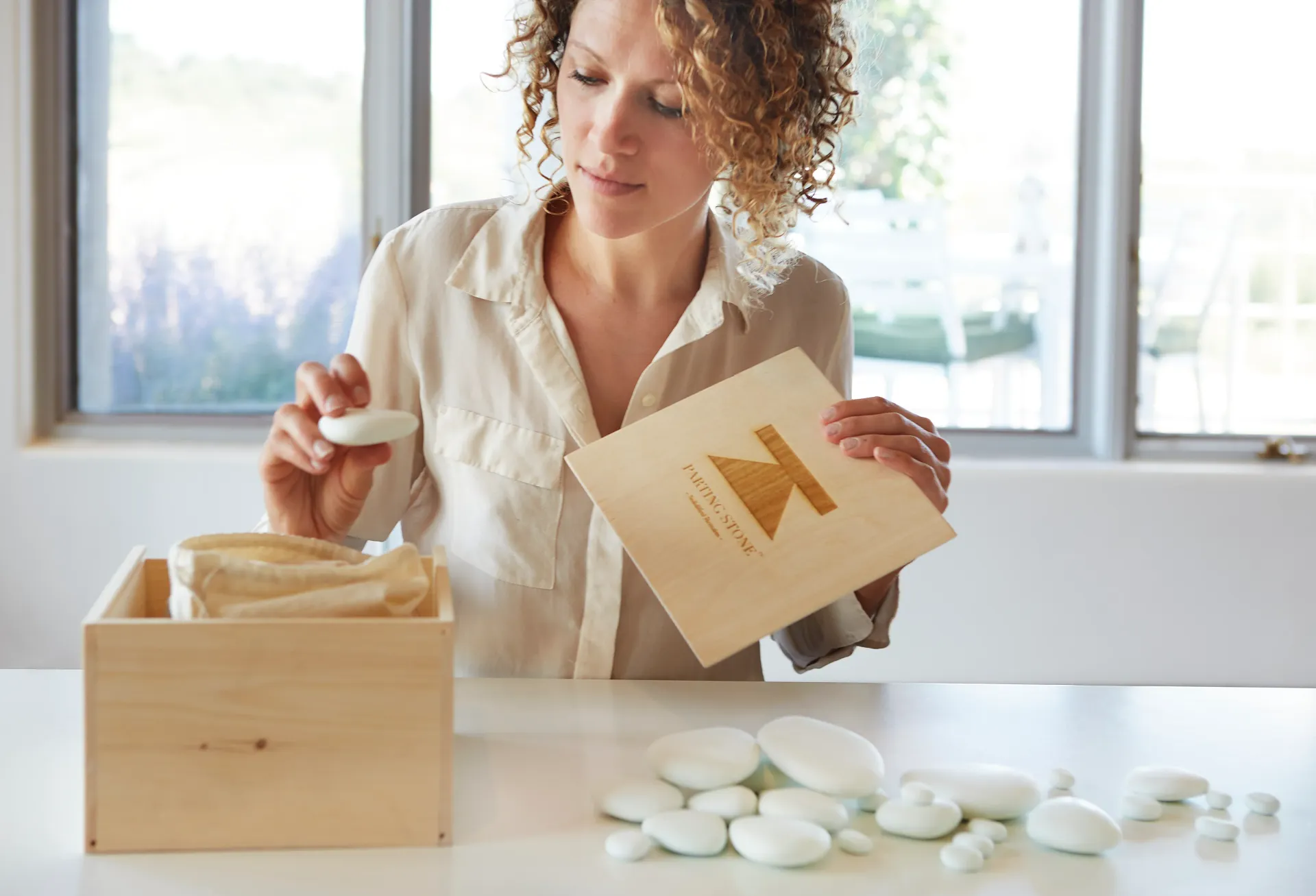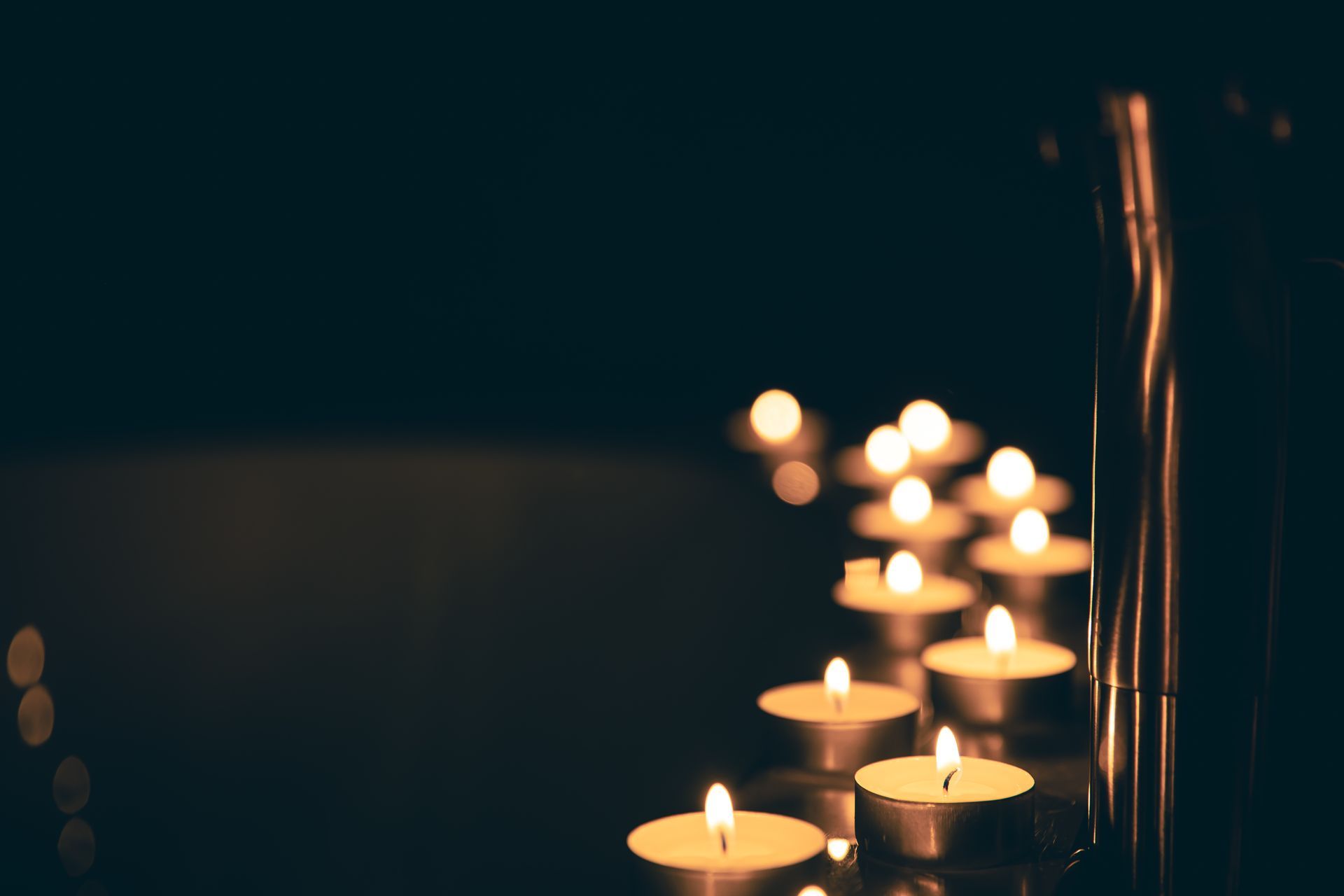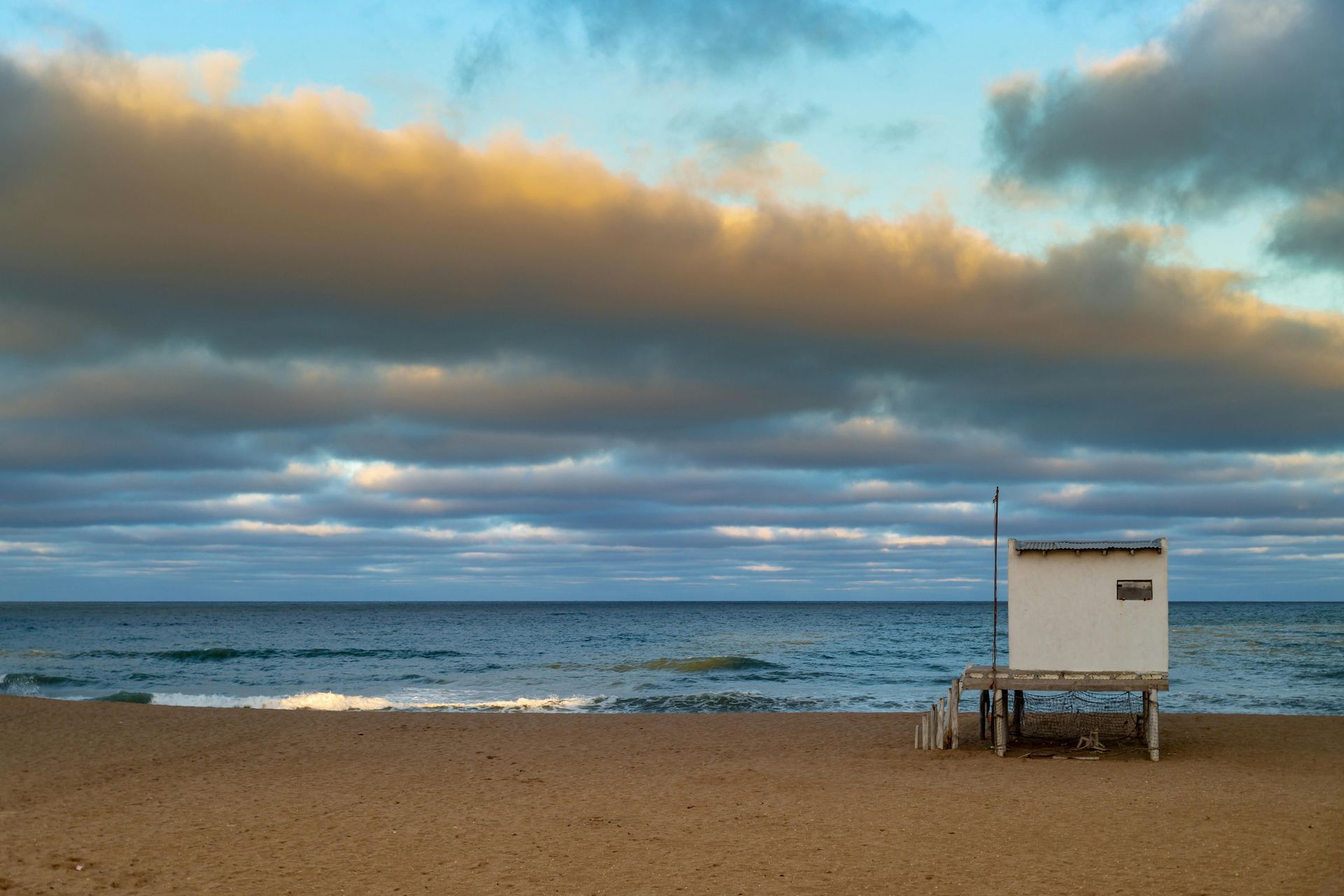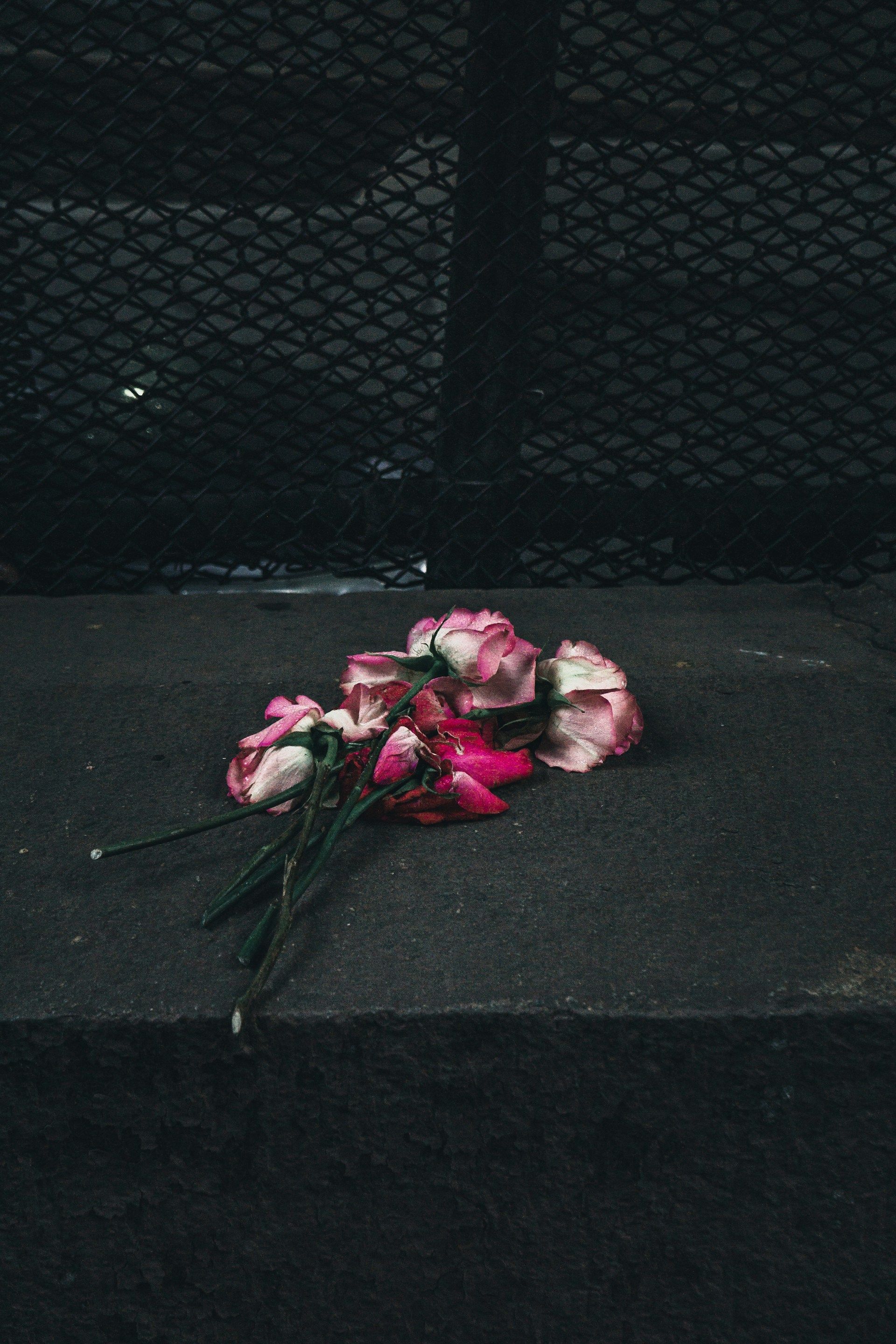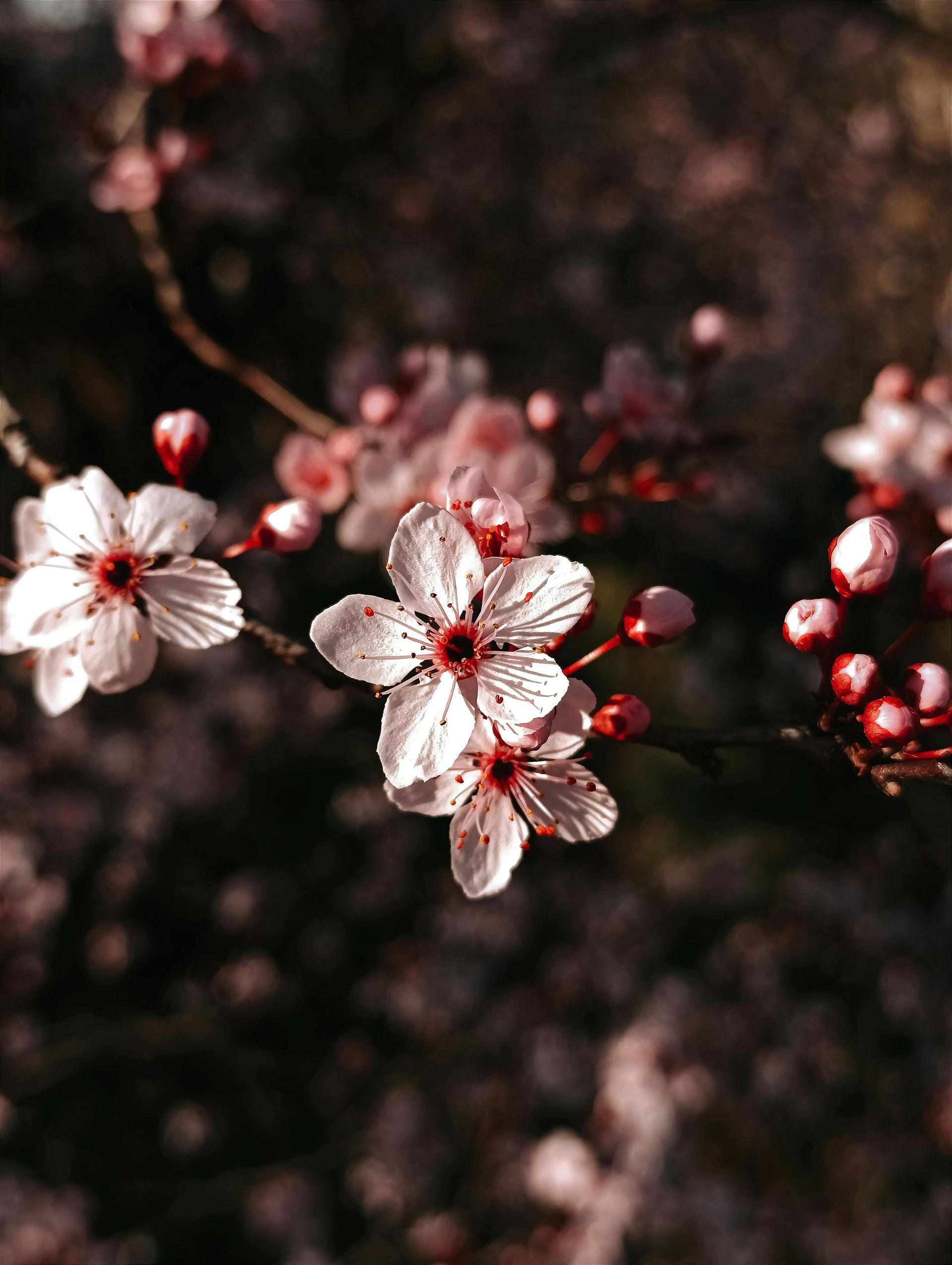By John Keohane
•
February 27, 2025
Brigette Gibson, Funeral Director You’re a Quincy native from a large family. You were familiar with Keohane from growing up, right? Yes, through growing up in Quincy, but actually, John Keohane raised his family right across the street from my grandmother. And John’s wife, who I call Miss Wilk, was my kindergarten teacher at Sacred Heart! How did you end up working at Keohane and becoming the Office Manager for the Weymouth locations? COVID, I think for everyone, was a time of change and reflection. My son was five months old when COVID started. It was such a blur back then, but I knew I didn't want to go back to what I was doing. I thought I’d work part-time and be home more with him. So I went on Indeed and saw that there was a job for a part-time bookkeeper here. I thought, “that's great, part-time! I can do that. I can still be home with him. I don't have to send him to daycare full-time. I started as the bookkeeper and I did that for about a year. During that time, I did the books but I also wanted to learn everything. I started listening to people answer the phones. Some of the staff took me under their wings and when they heard me speak with people, they said “you have a knack for this. You make people feel comfortable and you’re trustworthy. You follow through with whatever you say.” John Keohane noticed something in me and one day he came to my office and said “Brigette, I want you to be the Office Manager.” I told him I wasn’t sure. Even though I was never actually part-time, I was working 40-45 hours a week from the start because I loved it and wanted to learn everything. I liked what I was doing. But it’s very hard to say no to John, and so I became the Office Manager (laughs). What did you do before joining Keohane? I went to nursing school. When you’re 17 years old and someone says “what do you want to be when you grow up?” I thought I wanted to be a nurse. I learned very quickly that I didn’t want to be a nurse! I was still trying to find myself and was waitressing and working as a nanny, but it didn’t spark my joy. Something was missing. When I started working at Keohane, I realized that I love the family care that comes with this job. You’re now a full-time Funeral Director! Yes! I passed all my exams last September and was sworn in. What’s the transition been like? Are there days when you wake up and think “I can’t believe this is what I’m doing now?” I’ve enjoyed every aspect, from being the bookkeeper and managing the office to now being a funeral director. I’ve appreciated every single moment. And now that I’m here, I still want to learn, I still want to know what’s next for this career? How else can I grow? There are eight funeral directors at Keohane and each of them has taught me something over the past two years, and they still do. I still rely on them every single day and I’m still learning. It sounds like you’ve received a kind of parallel education at Keohane, in addition to what you learned in college to get the degree. Yes. And the other funeral directors will come to me when they have a billing question or death certificate question, things that I’ve done behind the scenes over the past few years, because as the Office Manager I handled all of the scheduling and death certificate information and calling the doctors and the churches and organizing. What are some of the basic responsibilities of a funeral director? It starts with the first phone call, and it could be a call before someone has passed, or it’s the first call after someone has passed. We’re there to help guide them. We’re not there to tell them what to do; we’re there to help them make decisions. We have to ask the hard questions. Death is still taboo to some people. They’ve never talked about death with their loved ones . It’s counseling people, discovering how they want to celebrate their loved one’s life. We explain to them that if they want to hold visiting hours, this is what’s going to happen. This is what you’ve got to do. And then we sit down together with the family and plan the services. There can be a lot of juggling. Some family members might have different opinions on services. Our job is to guide and educate them on what’s best. And then, getting all of the Mass information and planning the Mass and scheduling visiting hours and services and cemetery info. If you don’ thave a cemetery propery, do you opt for cremation? Cremation opens a lot of options as well, which a lot of families are now choosing, and we as funeral directors can help them plan what to do. You become a kind of therapist in a way, providing a voice of calm when there’s so much difficulty swirling around them. This is already a hard day. You don’t need to make it harder by focusing too much on the smaller details. We’ll help you with all of this. There’s also the aftercare when services have ended. Families go home and they have to sit with some of those feelings. Often they’ll start to get anxious about closing a bank account and what do do with the cars. We’re there to answer any questions a family may ask, and if we don’t know the answer, we’ll try to get them the answer. We’re here to help you. And sometimes when I’m out and about, someone will come up to me and say “oh, you ran my grandmother’s service,” or “you were the funeral director at my uncle’s wake” and they offer such kind feedback. I love that about this job. What does an apprenticeship as a funderal director entail? What are some of the responsibilities that you took on during that period? My apprenticeship was a lot different than most people’s. I never came to Keohane thinking I’d be a funeral director. John (Keohane) said “I see something special in you and let’s work this through,” because I was still the Office Manager! I was educated, I had the skills, but I still wanted to learn everything hands-on that I was learning in school. So I’d go on transfers, I would be in the care center helping as a second pair of hands, observing as much as I could. I’d help set up visiting hours, help on funerals whereever I was needed. We all need to learn. It’s not my family; it’s our family we’re serving. How difficult was it to manage your studies while doing your day job and maintaining your family life? I went to school full time and I still raised a family and I just got it done. I took summer courses. I took winter courses. I had a goal that I was going to get this done in less than two years. And I did. It was a blur. I couldn't tell you about the past few years. But I'm really proud of being able to do that as a mom and working full-time. Just being a mom and going back to school in my late 30s… you guys can do this! Just just put your head down and power through it. The industry is changing quite a lot. Americans are becoming less religiously affiliated. Cremation is becoming a much more popular option than it used to be. How do you adapt to meet the changing needs for funeral care? Ooh, good question! As funeral directors, now we can become creative. We can make services that much more personable and build them around what the family wants. I’ve been lucky enough to have a few families that didn’t want to go to church but still wanted a service.It might take a little longer to pull some of the information out of them, but once we do, we’re able to dig into our creative sides. I felt that I was able to do that with some of these families that wanted to choose their own service, and I got to know the decedent that much better. I got to know who I was serving. I had a service for a Deadhead (Grateful Dead fan) a few months ago. The decedent’s brother told me that he liked the Dead, followed the band around for a long time. So everyone wore tie dye to the funeral, they shared stories about traveling around the U.S., and we played Grateful Dead music. The man’s nephew got up and sang a Grateful Dead song with his guitar. When they were leaving, the man’s brother said “this is exactly what he would have wanted. This is exactly how his friends saw him. This was the closure that we needed. What are your favorite parts of the job? Oh God, there’s so many! I like the initial arrangement with the family. I feel like the families come in so nervous. They don’t know what to expect. We just start to talk. I don’t jump into the arrangements right away. I’ll listen to someone share their stories and their memories for as long as it takes. I truly enjoy that aspect, getting to know them. I’ll ask them about their family member who’s passed, and they often will start sharing stories and memories right away . And towards the end of the service, when the family will stop and take a moment to say “thank you, thank you for doing this.” I always tell them that they were doing the hard work. This is what I love to do, and it’s a gift. Keohane does a lot of outreach in the community. What are a few of your favorite local community organizations? It’s been awesome to see Dennis (Keohane), especially, have such a passion for the playground or the skate park. I’m most passionate about Quincy, since I’m born and raised here. I love seeing the Keohanes involved with the Quincy 400 and Interfaith Social Services and the annual coat drive. We’re a staple of the community. You can contact Brigette Gibson via email: brigette@keohane.com or call 781.335.0045. Meet the full Keohane team here .
dress pants for men. Bright and flashy patterns and fabrics should be avoided.
